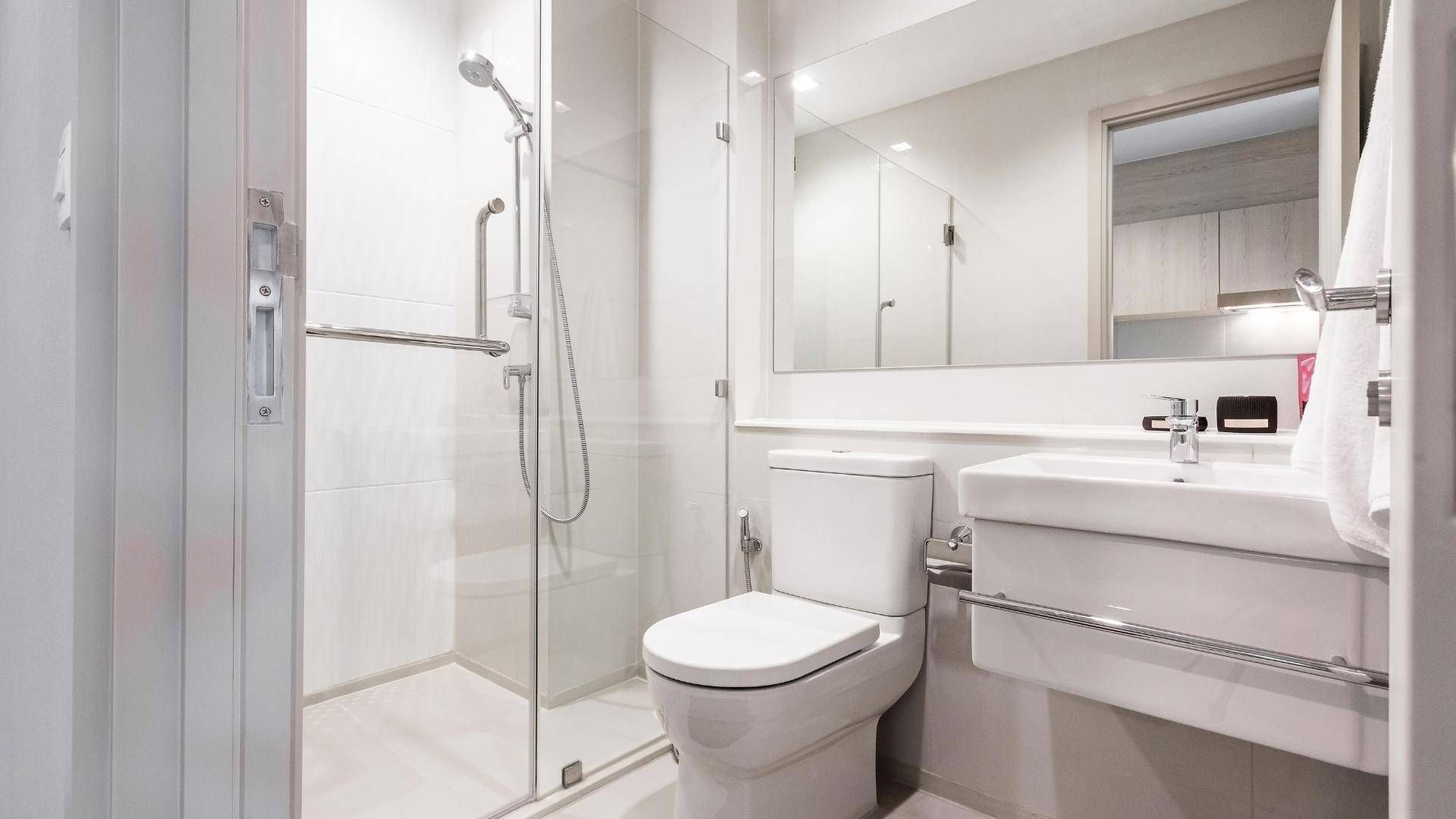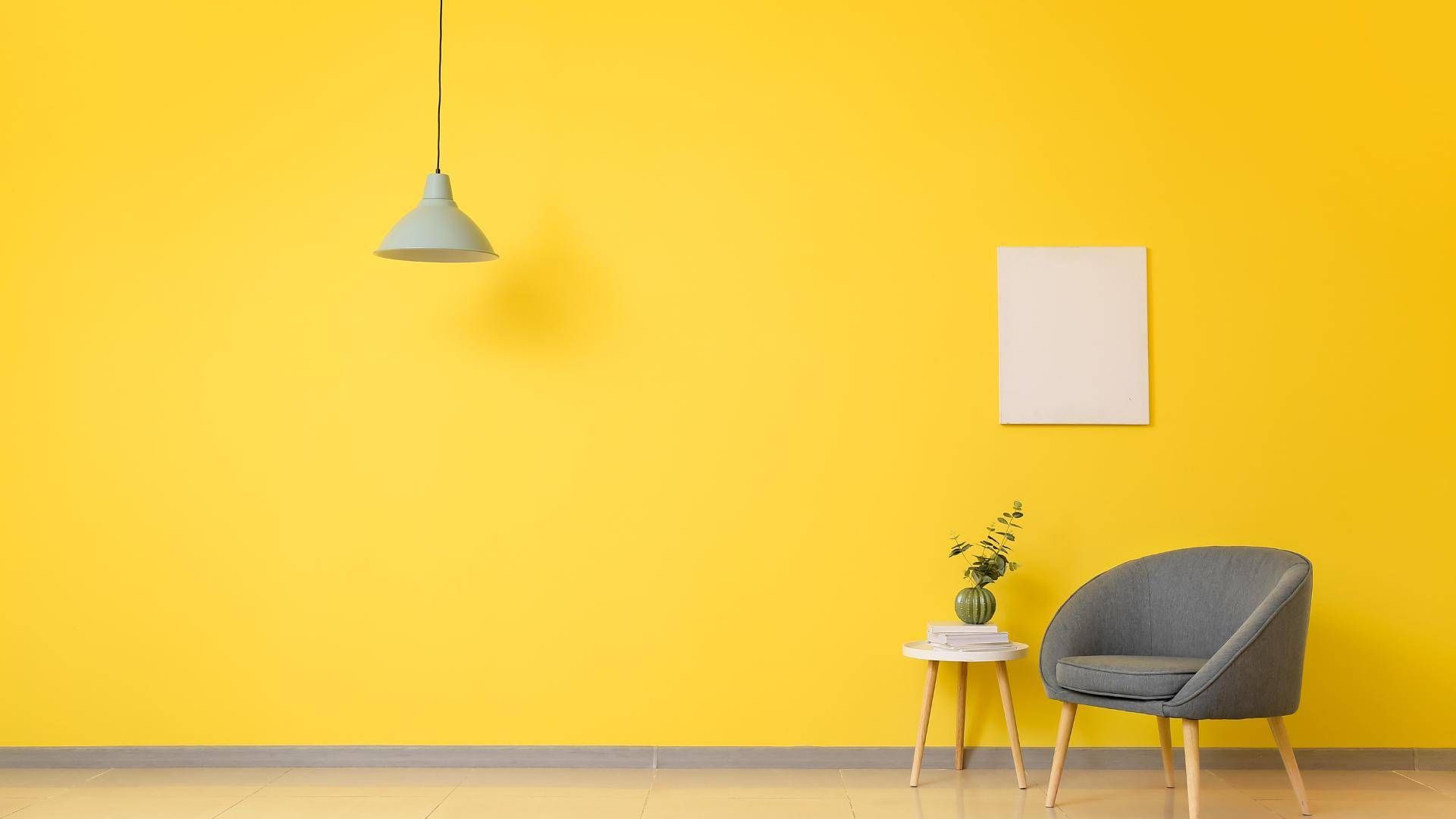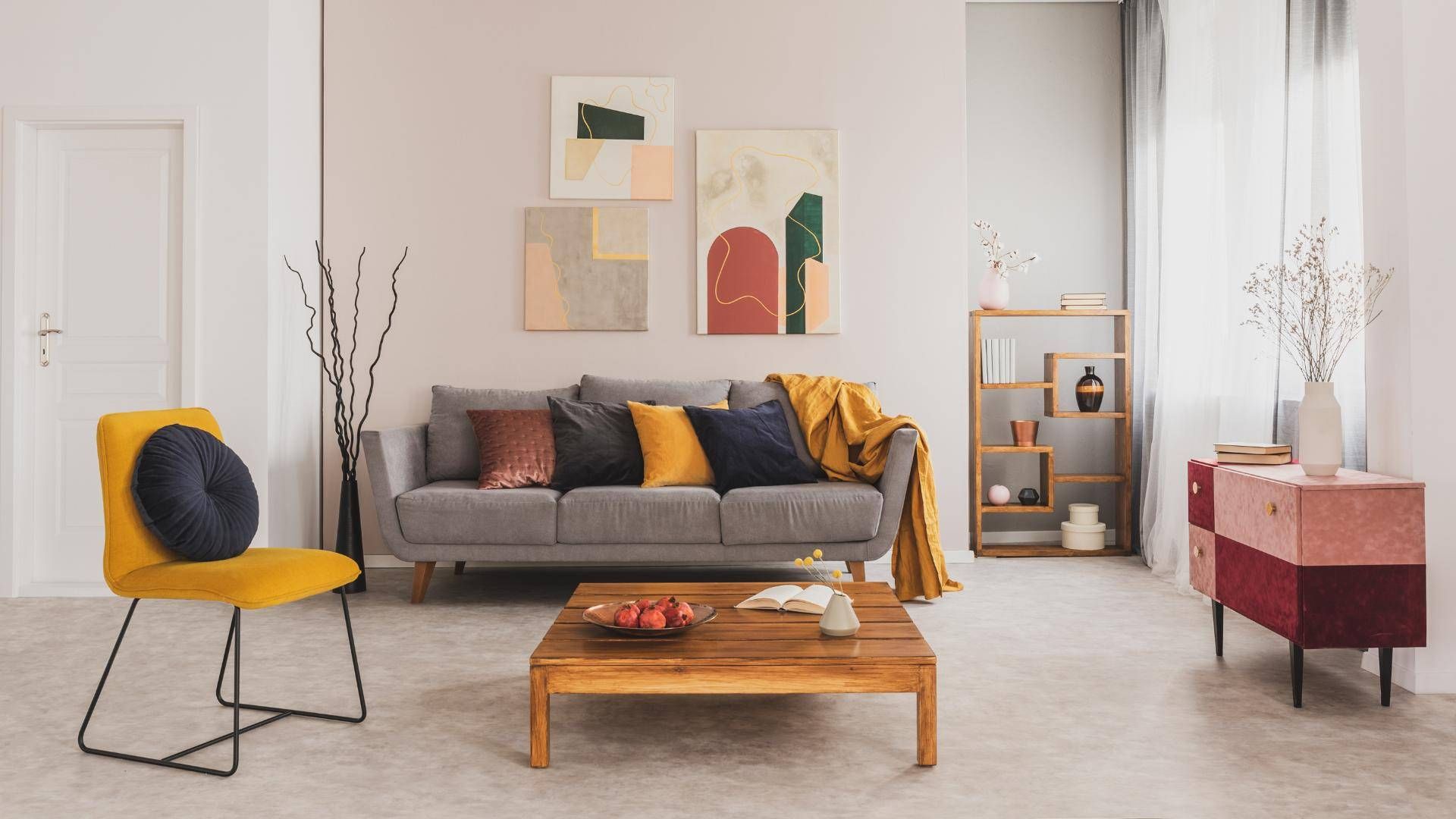‘Self-care’ is a concept that’s gained momentum in the last two years, especially as we look to rebalance our lives after the pandemic. Although what may immediately spring to mind is a walk in the countryside or an hour-long aromatherapy massage, the self-care trend has crossed over into our homes.
A new study has shown how self-care is shaping where we live. Not On The High Street recently questioned Brits on the matter of what it calls ‘self spaces’ – rooms devoted to self-care, hobbies or leisure activities.
The study found people in 2022 wanted to enjoy more ‘me time’ (68%), maintain a better work/life balance (58%) and spend more time on hobbies (66%). As a result, many were thinking about creating a room in their home dedicated to their passions and more holistic past-times. In fact, research revealed over a third of us have already designated a space where we can practice a form of self-care – not surprising when 7 in 10 people said they felt most relaxed while at home.
This rising interior trend is already having an effect on the property market. Almost half (48%) of those taking part in the research said a self-care room would be a priority when looking for their next home.
To quantify just how important self-care has become, Not On The High Street asked people what was most essential within the home. It found some Brits felt a self-care room was more important than a new kitchen (38%), a new en-suite bathroom (39%), a new living room (37%) or a new garden (37%).
According to the online retailer, our top 10 self-care spaces are:
- Reading corner (16%)
- Gym (16%)
- Walk in wardrobe (14%)
- Cinema room (14%)
- ‘Man cave’ (14%)
- Music room (13%)
- Arts and crafts studio (12%)
- Gaming room (12 %)
- Study room (11%)
- Mini library (10%)
Stay flexible when it comes to self-care
Interior trends come and go, so before you rush out to reconfigure your property or install permanent pieces of gym equipment, think about how versatile the room could be, especially when it comes to selling or renting out your property in the future.
Retaining flexibility can be achieved by using freestanding furniture that isn’t screwed or nailed down; using screens to divide rooms on a temporary basis; opting for multi-purpose furniture, such as a snooker table that converts into a dining table, and keeping the décor neutral.
Easy self-care ideas to introduce
Adding an element of self-care to your day doesn’t have to involve a dedicated room. Why not try one of these small-scale ideas instead?
- Encourage a spa-like ambience in your bathroom: clear away empty toiletry bottles, buy a fresh set of fluffy towels and light candles instead of turning on a harsh overhead light.
- Find bedroom bliss: banish the TV from the bedroom and instead, play a soothing soundtrack of music you may hear when going for a massage.
- Create a reading corner: just add a comfy chair, a side table for your coffee, a freestanding lamp and a pile of classic novels.
- Install a window seat: if you have a window with a view, think about installing a window seat as there’s something meditative about simply watching the world go by.
- Make a mindfulness zone: clear clutter and minimise distractions to create a place to practice mindfulness or meditation.
If you are searching for a new home and a self-care space is on your ‘most wanted’ list, talk to us about available properties.
Share this article
More Articles
Sign up for our newsletter
Subscribe to receive the latest property market information to your inbox, full of market knowledge and tips for your home.
You may unsubscribe at any time. See our Privacy Policy.




